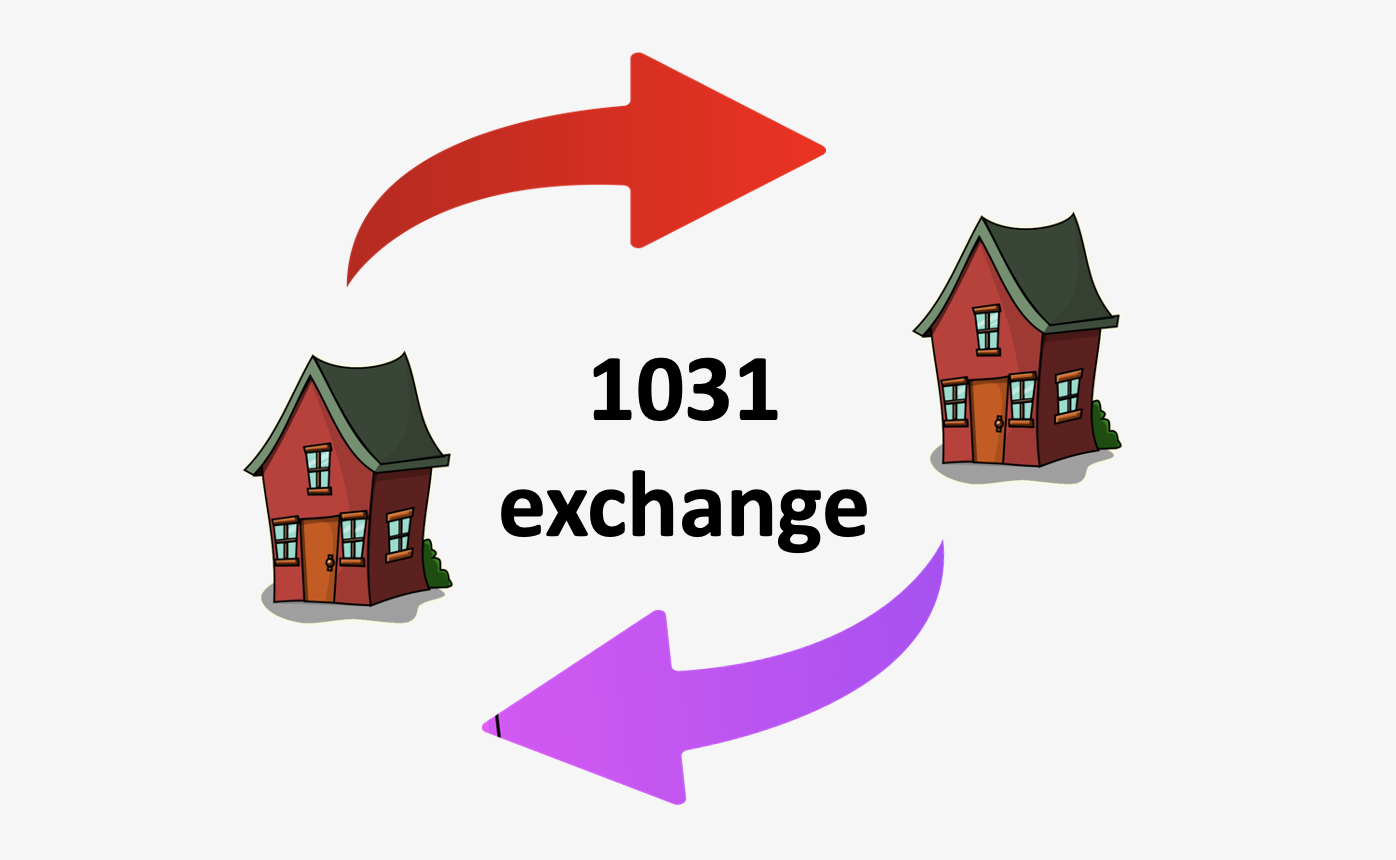
A 1031 exchange, also referred to as a Starker exchange or like-kind exchange, is the transfer of ownership from one real estate asset to another of equal or greater value. To postpone paying capital gains taxes on the sale of your home, the 1031 exchange is intended. In the past, you would sell your home to the buyer and then tax your earnings on capital gains. Visit 1031 exchange news for more information.
In a 1031 exchange, you give the proceeds from the sale of your property to a licensed intermediary, who holds the money in trust for you while you search for a new home. The new property must be “like-kind,” which means that its market value must be equal to or higher than your original property’s. The qualified middleman uses the money from your profit to buy the new real estate you’ve selected once you’ve found a new property.
By doing this, you avoid what is known in accounting as a “constructive receipt,” which calls for the seller to pay income taxes to the IRS. You do not immediately get income during a 1031 exchange; instead, your qualified intermediary keeps your money and utilises them to purchase the new property on your behalf. You can postpone paying capital gains taxes because of this.
Companies like Peregrine Private Capital can help you understand DST’s and 1031 exchanges better.
Different Types of 1031 Exchanges:
Four different forms of 1031 exchanges exist. To complete the deal, there are various conditions for each of these property transfers.
-
SIMULTANEOUS EXCHANGE
The typical form of a 1031 exchange is one like this. Both the sale and acquisition of the new property happen simultaneously.
You need to identify the replacement property at the time of sale in order to carry out a simultaneous exchange.
-
DELAYED EXCHANGE
A substitute property can be found by the owner thanks to the postponed 1031 exchange. You have 180 days after the sale of your original asset in this kind of exchange to discover a replacement property.
-
IMPROVEMENT EXCHANGE
The owner can construct a replacement property through this process that is of equal or greater value. It’s also known as a “build-to-suit” exchange or a “construction exchange.” To qualify for an improvement 1031 exchange, you must either construct a new property or make improvements to an existing one that equal or surpass the present value of the property you are trading.
-
REVERSE EXCHANGE
When an owner purchases the replacement property before selling their original property, this is referred to as a reverse 1031 exchange.
For buyers who must close on the replacement property as quickly as feasible, this option is appropriate.
Can a 1031 Exchange Fail?
It is conceivable for a 1031 exchange to fail. The exchange is void if a property owner is unable to find a suitable substitute within the allotted period. This may be a result of market conditions; the owner may believe they may find a property of a like kind, but they are unable to find a good match to complete the swap. This is typically the main cause of 1031 exchange failures.
Incorrect property valuation estimates by the owner could also violate the requirement that it be “substantially the same.” The 1031 exchange will fail if the value of your new property is lower than the value of the one you’re selling.
Failure to adhere to Section 1031’s receipt criteria is another frequent cause of failed 1031 exchanges. Owners frequently fail to comply with the receipt requirements since they are different depending on the type of 1031 exchange you are performing.
Conclusion
Finally, owners could close the property without a facilitator, which is a mistake. To be eligible for the deferral of capital gains tax, you must complete this step. Without a written agreement with a facilitator, you will be deemed to have constructively received the proceeds of your transaction, which will result in income tax being due on the sale by the owner.
You may be interested in: How Are People Using Reverse Email Technology?

